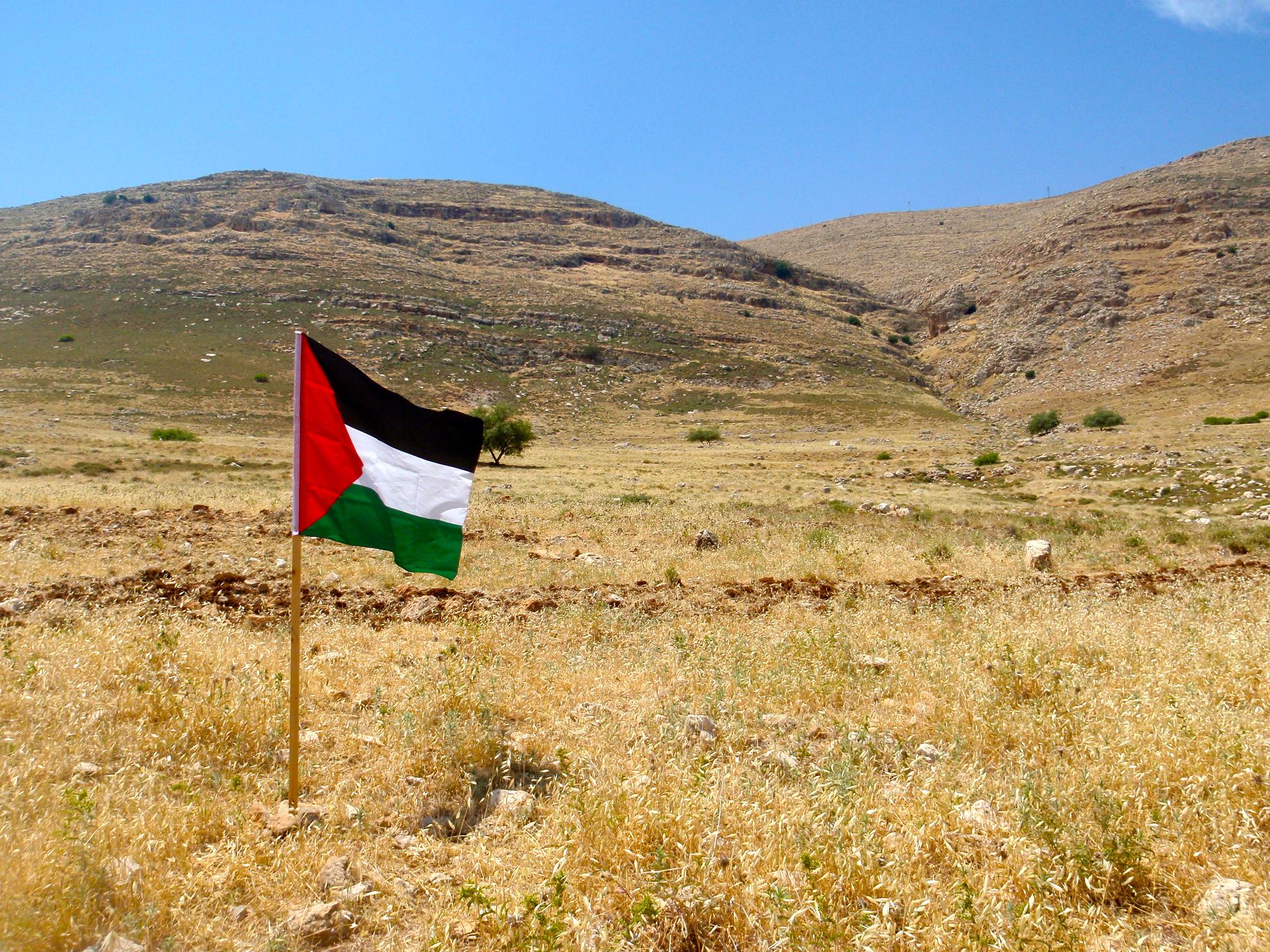Tag: Settlement
-
Village of Azmut organises first demonstration against the Israeli occupation and land theft – settler road blocked successfully
10th May 2013 | International Solidarity Movement | Azmut, Occupied Palestine By Team Nablus On Friday 10th of May, around 60 people from the village of Azmut, near Nablus, supported by 6 international activists, demonstrated against the Israeli occupation and systematic land theft by illegal settlements. The action was successful, but the residents continue to…
-
Residents of Deir Jreer and Silwad resist occupation and settlement expansion
10th May 2013 | International Solidarity Movement, Deir Jreer and Silwad , Occupied Palestine By Team Ramallah At around 9 am today, 150 Palestinians, accompanied by International activists, went to Deir Jreer lands to construct a new road so that local farmers could reach their lands more easily. Two bulldozers flattened the path from the…
-
Villages of Urif, Burin and Asira violently attacked by settlers
1st May 2013 | International Solidarity Movement, Nablus, Occupied Palestine By Team Nablus Yesterday Israeli settlers from the Illegal settlement of Yizhar set fire to the fields of Asira al Qibliya, Burin and Urif as well as attacking the school and many homes in the villages, all while the Israeli Military and Border Police provided…

